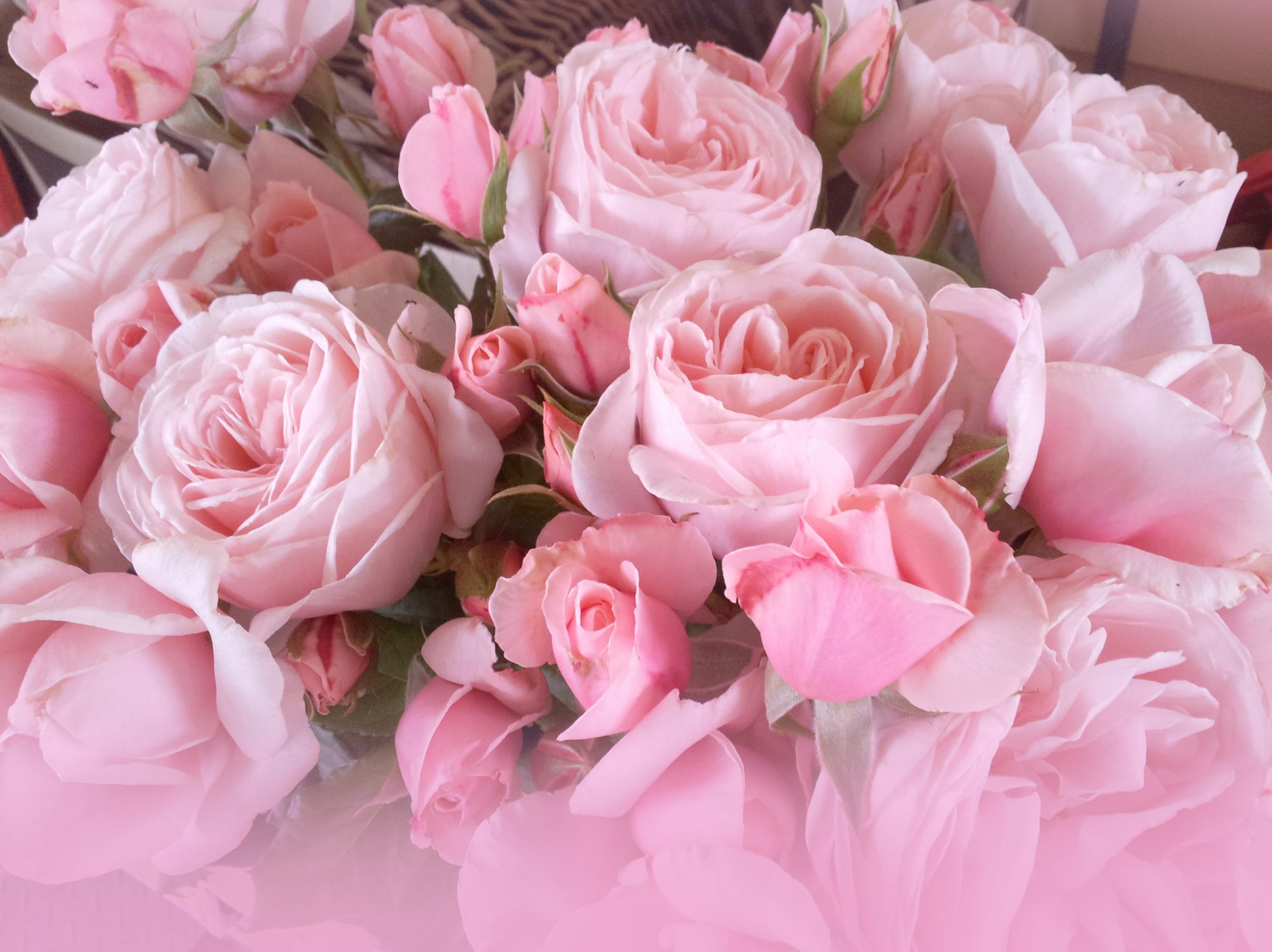ROSE RAMBLER 15.9.2016 …
HELLO DEAR ROSE FRIENDS … rain, rain and more rain which is magnificent for filling the underground streams, dams and water tanks. For those who have installed water tanks so that you have good water supplies for your garden, please don’t resort to being a WALLY WITH WATER because your tanks are full … preserve what we can while we have it!
![]()
GRA’S GARBLE …
I’ll be implementing the organic spray management program as soon as there is a ray of sunshine and clear weather because within a blink, it will become very humid and our roses will show immediate signs of mildew and black spot. The foliage is very soft and lush which makes it susceptible to disease and insects will also take advantage of these conditions … see the aphid cycle on this magnificent photo Diana took and which Steve at www.ocp.com.au (Organic Crop Protectants) has labelled so you now know more about aphids and their cycle …

- White stuff – these are the shells of the aphids which they’ve shed when moulting
- Winged insect – these are winged adult aphids and not lacewings. When aphids enter their final moulting stage they can emerge as either winged or wingless adults. They produce wings if the area they’re in is already heavily populated with aphids so it allow them to emerge with wings and fly off to find a new feeding ground which is less crowded. Clever trick really.
- Brown blobs – these are aphids which have had a parasitoid wasp inject an egg into them. When the juvenile wasp hatches it feeds on the insides of the aphid before pupating and then cutting a tiny hold in the shell of the aphid and emerging as an adult wasp. During the whole process the aphid swells up, turns brown and dies.
Both the potted and garden roses look magnificent right now but it won’t take much to ‘tip them over’ because of these exceptionally wet conditions. We ‘southerners’ will now have a taste of what it’s like to grow roses in northern Australia where humidity is a constant battle for rose lovers!
Q. How do fish go into business? A. They start small-scale.
ORGANIC SPRAY PROGRAM
TO 10 LITRES WATER ADD
- ¼ CUP ECO ROSE (FUNGICIDE)
- 1 TSP ECO SEAWEED
- ¼ CUP ECO OIL
Dissolve the powders and add the oil last – shake the contents well in your spray container and wet foliage to run-off. Suggest spraying at least fortnightly while these very humid conditions are prevalent – remember to NEVER SPRAY IF THE TEMPERATURE IS EXPECTED TO BE OVER 30 DEGREES!
Q. What does Willy Wonka use to clean his teeth? A. Candyfloss.
An email exchange which is very topical …
I have now seen THE CHILDREN’S ROSE looking beautiful twice in your newsletters. I have one given to my wife as a ‘must have’ from a friend but I would rip it out as the blooms are hopeless despite it being the healthiest bush in my garden. Nothing I do prevents the dull moth eaten blooms from disappointing us for years. Any tips before it happens again? Roger
My response after Roger told me he was using the hose to blast the insects … “Hey Roger … blasting aphids with the hose is not a really great idea at all – while you’re blasting them off the stems, you’re most definitely blasting all their predators off as well … all those wonderful ladybirds and lacewings, even spiders which will be working overtime to eat the aphids! The predator insects will get robustly healthy, breed profusely and be garden guardians at your place!
May I suggest that you do NOTHING but quietly observe by looking really closely at the insects on your roses … do it daily, several times a day even – aphids and ladybirds are fascinating to watch and small birds will start to be active in your garden because you’re not spraying lethal chemicals but using ECO-OIL and maybe ECO-NEEM to keep a balance happening in your garden … please be ECO-FRIENDLY and work with MOTHER NATURE!

You will be fascinated and truly enjoy watching this whole process unfold in your garden …!”
Oh, and one other reason why Roger’s blooms on THE CHILDREN’S ROSE are always “….dull moth eaten looking …” is because he’s spraying water on the flowers! When hand-watering roses, always position the hose as close to the ground as possible – avoid wetting the foliage (thus reducing mildew/black spot because foliage stays damp) and flowers (water stays in the petals and they’ll go mushy for sure!). Gra …
![]()
IN THE NURSERY …
As long as we continue to get positive responses about the roses we are posting as bare-rooted specimens …
We will continue to offer them in the online store at www.rosesalesonline.com.au but if you’re visiting us here at the nursery, we recommend you purchase the roses as potted specimens for minimal extra cost.
Remember next weekend 24th & 25th Graham will be at Yea Garden Expo – if you want to hear his presentation, he will be speaking at 2.00pm on SATURDAY, 24th SEPTEMBER.
![]()

